Tomioka Silk Mill: Japan’s Silk Heritage Landmark
The Tomioka Silk Mill, established in 1872, stands as a symbol of Japan’s industrial innovation and cultural legacy. This UNESCO World Heritage site remains a top destination to explore Japan’s journey in modern silk production and sericulture advancements.
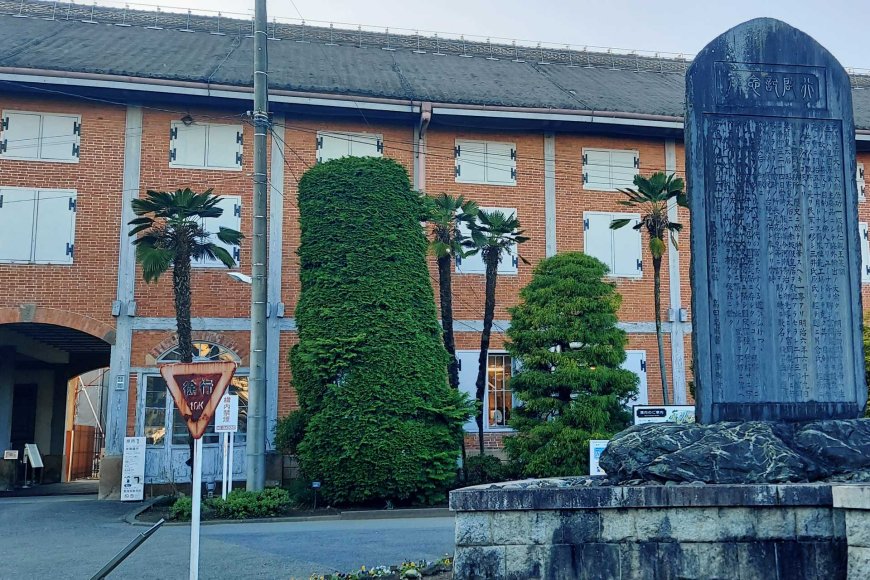
The Historic Silk Mill That Transformed Japan’s Industry and Culture
Tomioka Silk Mill, established in 1872 by Japan's Meiji government, represents a groundbreaking step in modern Japanese industry. As the first government-operated silk mill, it played a crucial role in advancing Japan’s silk production, merging Japanese and Western techniques to create a model factory. Even after being privatized, the mill remained a leader in silk production and technological innovation, contributing to Japan's global reputation in sericulture. Notably, the factory’s original structures, including two extensive brick and timber warehouses exceeding 100 meters in length, are preserved as they were during its founding.

World Heritage Site: Tomioka Silk Mill and the Silk Industry Heritage Group
In 2014, Tomioka Silk Mill and its associated heritage sites were designated as a UNESCO World Cultural Heritage site. The registration also includes three significant locations connected to Japan's silk industry: the Tajima Yahei Sericulture Farm, known for its ventilated roofing system and modernized sericulture model; the Takayama-sha Sericulture School, which promoted and educated on innovative sericulture techniques; and the Arafune Cold Storage, Japan's largest natural cold storage facility, which was crucial for preserving silkworm eggs. Together, these sites illustrate the silk industry’s evolution and Japan’s technical advances in sericulture.
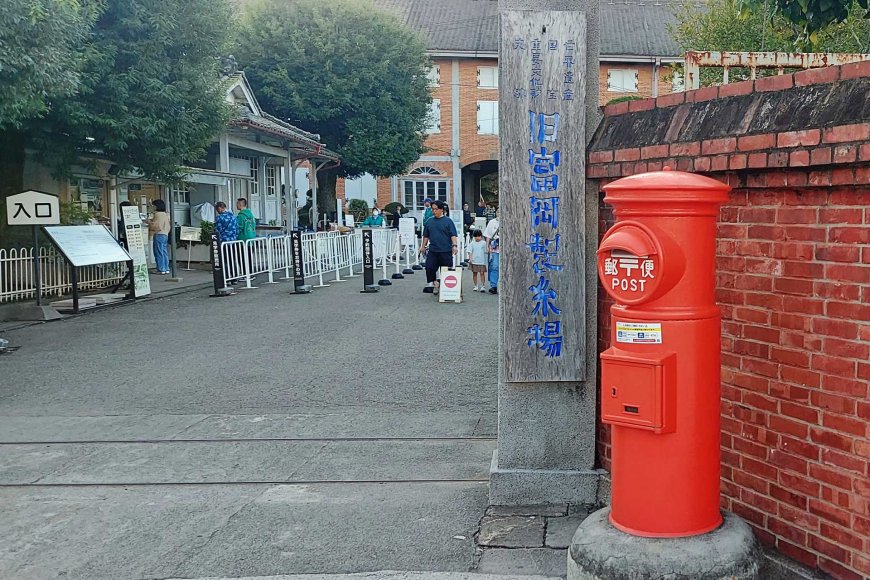
Technological Innovation and Global Influence
The mill's high-quality raw silk production and sericulture techniques quickly spread internationally, helping to elevate the global silk industry. Initially, Tomioka Silk Mill installed French-style reeling machines imported from France, reflecting the mill’s ties to foreign technology. Over time, Japan developed its own machinery, including the Nissan HR automatic reeling machine, which automated most of the production process and is still preserved in the mill today. This machine exemplifies Japan’s industrial progress, as it streamlined production up until 1987, when the mill ceased operation. The mill’s design also features truss construction, providing an expansive pillar-free space ideal for silk production.
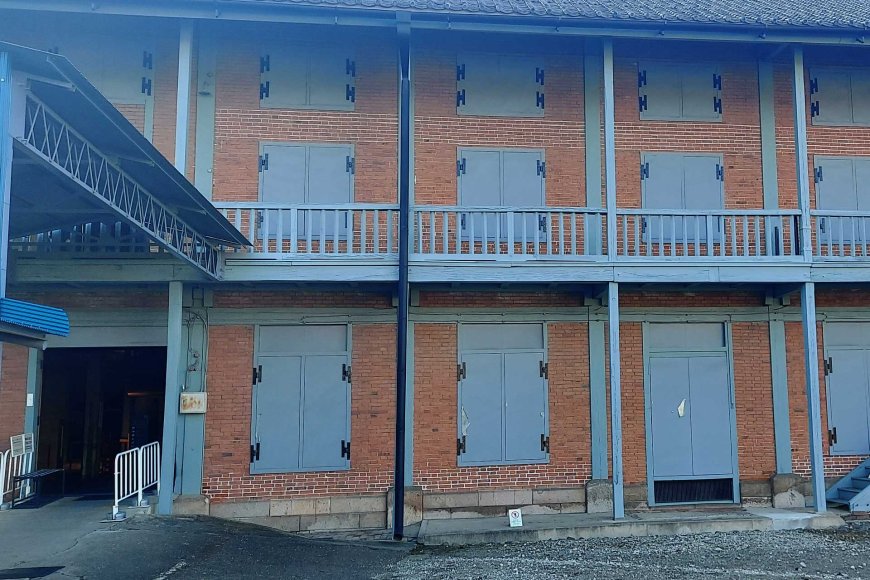
Women Workers: Pioneers of Modern Japanese Industry
At its inception, Tomioka Silk Mill symbolized female empowerment in Japan. Despite initial hesitation among workers due to rumors about foreign practices, the mill became an attractive place of employment for young women. Operating hours were approximately eight hours per day, with Sundays off, meals provided by the mill, and facilities like dormitories and clinics on-site. This progressive work environment encouraged women’s participation in the workforce and fostered a sense of independence.
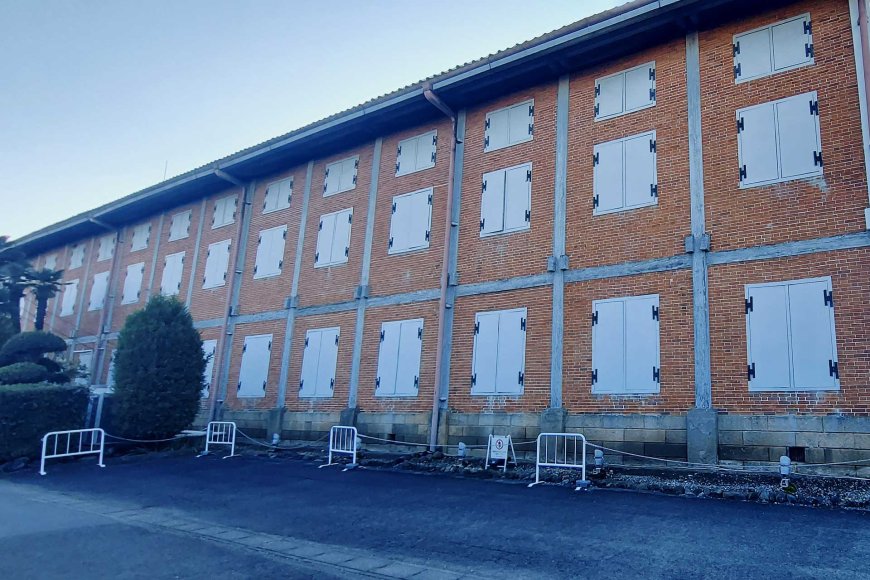
The Road to Global Recognition and Heritage Status
Tomioka Silk Mill’s role in advancing sericulture and enabling mass production of silk made it a key player in Japan's modernization and trade. In 2014, it gained UNESCO World Heritage status in recognition of its contributions to both Japanese and global technological exchange in the silk industry. Visitors can see the original World Heritage certification on display in the Eastern Cocoon Warehouse, a historic and preserved part of the site.

A Journey Through Tomioka Silk Mill: A One-Hour Guide
Visitors to Tomioka Silk Mill are welcomed by Otomi-chan, Tomioka City’s mascot character, embodying the site’s cultural spirit. Start your journey by purchasing a ticket and taking a map and pamphlet from the entrance. The mill also offers audio guides and guided tours that make the visit informative and enjoyable. There is free Wi-Fi throughout the site, and a QR code on the pamphlet allows you to continue learning about the mill’s history even after leaving.
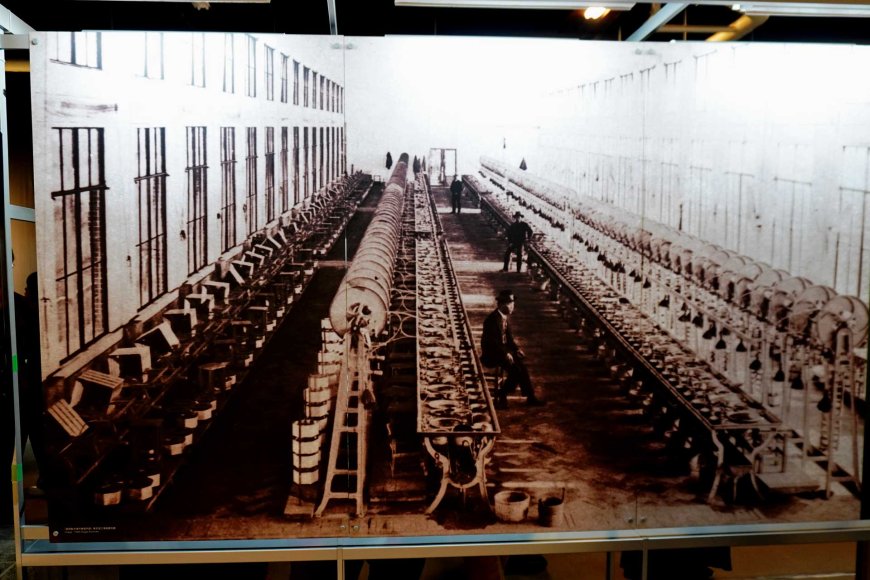
Tomioka Silk Mill remains an essential and inspiring destination, showcasing Japan’s pioneering role in industrial modernization and preserving the legacy of silk production for generations to come.
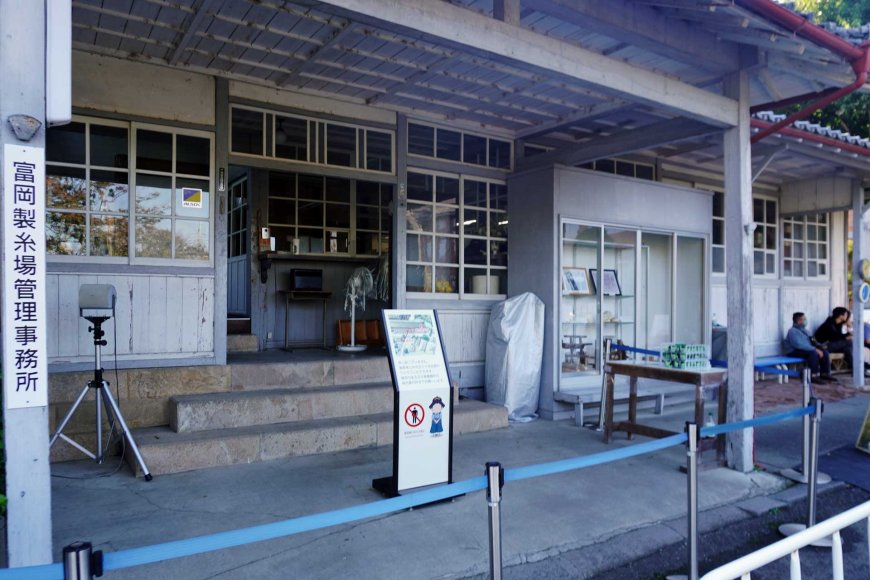
Find Cheap Flight Tickets to any Destinations in Japan and the Philippines
Nipino.com is committed to providing you with accurate and genuine content. Let us know your opinion by clicking HERE.































































